Trade shows are powerful tools for networking, showcasing your brand, and driving significant business growth. These events provide a unique opportunity to connect with potential clients, partners, and industry peers while showcasing your products or services to a targeted audience. However, the key to a successful trade show lies in meticulous planning, seamless coordination, and flawless execution.
This guide provides a step-by-step timeline to help you stay organized and maximize your trade show presence. From starting preparations a year in advance to wrapping up effectively post-event, this checklist ensures that every aspect of your trade show strategy is covered.
A Month-by-Month Timeline of Essential Trade Show Tasks
12 Months Before: Laying the Foundation
Planning early is critical for securing prime opportunities and setting a solid foundation for success.
Research Trade Shows
Begin by researching trade shows that are relevant to your business and industry. Look for events that attract your target audience, align with your goals, and provide opportunities for high ROI.
For example, the UAE’s MICE (Meetings, Incentives, Conferences, and Exhibitions) industry, projected to reach USD 10.01 billion by 2031, is a hub for high-impact trade shows. Events like GITEX Global and the Arabian Travel Market are excellent platforms for businesses in technology and travel.
Book Booth Space
Booth location is a key factor in driving foot traffic. Prime locations, such as near entrances, food courts, or popular attractions, sell out quickly. Securing your booth 12 months in advance ensures you get the best spot to showcase your brand.
Develop Your Budget
Create a comprehensive budget that includes all aspects of your trade show participation:
- Booth costs: Rental fees, design, and setup.
- Travel expenses: Flights, accommodations, and meals.
- Promotional materials: Flyers, brochures, and banners.
- Contingency funds: Allocate 10-15% for unexpected costs.
Pro Tip: Using local services like Media Print UAE for promotional material printing and Custom Expo Booth Setup can reduce shipping costs and ensure high-quality output.
9 Months Before: Defining Goals and Strategy
At this stage, your focus shifts to defining your objectives and crafting a strategy that aligns with them.
Define Key Goals
Clearly outline what you aim to achieve at the trade show:
- Lead Generation: Increase your contact list with potential clients.
- Brand Awareness: Showcase your company and products.
- Networking: Build relationships with industry professionals and partners.
- Product Launch: Introduce new products or services.
Draft Booth Design
Your booth is the centerpiece of your trade show presence. Design a booth that reflects your brand identity while being visually appealing and functional. Include:
- Interactive elements like touchscreens, VR demos, or product samples.
- Clear branding with custom banners, roll-ups, and signage.
Assign Team Roles
Delegate roles early to ensure clarity and preparedness:
- Booth Manager: Oversees overall operations.
- Product Specialists: Deliver presentations and answer questions.
- Logistics Coordinator: Handles travel, shipments, and materials.
6 Months Before: Marketing and Logistics
With six months to go, it’s time to kick off your marketing efforts and solidify logistical plans.
Launch Pre-Marketing Campaigns
Create a buzz around your participation:
- Email Campaigns: Announce your presence and share details about your booth.
- Social Media: Use platforms like LinkedIn, Instagram, and Facebook to reach your audience.
- Press Releases: Publish announcements in industry publications.
Order Promotional Materials
Promotional materials are vital for capturing attention. Ensure you have:
- Custom flyers, brochures, and booklets to distribute.
- Roll-up banners and large posters for booth branding.
- Branded giveaways like pens, notebooks, or tote bags.
Plan Logistics
Coordinate all travel and shipping details:
- Book flights and accommodations for your team.
- Confirm shipping dates for booth materials to ensure timely delivery.
- Arrange storage and handling with the event organizers.
3 Months Before: Finalizing the Details
At this point, your preparations should begin to take shape.
Finalize Booth Design
Approve the final design, ensuring compliance with the trade show’s regulations. Incorporate:
- Interactive displays to engage attendees.
- High-quality branding for a professional look.
Schedule Meetings
Proactively schedule meetings with:
- Key prospects and leads.
- Industry partners or collaborators.
- Media representatives for potential press coverage.
Train Your Team
Prepare your team to represent your brand effectively:
- Conduct training sessions on product knowledge and engagement techniques.
- Share talking points and FAQs to ensure consistent messaging.
1 Month Before: Preparing for Execution
With only a month left, focus on refining your plans and ensuring everything is in order.
Intensify Marketing
Increase visibility by ramping up marketing efforts:
- Share countdowns and reminders on social media.
- Highlight exclusive booth activities, such as giveaways or product launches.
Confirm All Details
Double-check every arrangement:
- Travel and accommodation bookings.
- Shipping and delivery of booth materials.
- Technical requirements for booth setup.
Conduct a Team Briefing
Bring your team together for a final briefing:
- Review roles and responsibilities.
- Discuss the event schedule and key objectives.
- Address any last-minute concerns.
Event Week: Showtime
The big week is here. Stay organized and focused on executing your plans.
Set Up Your Booth
Arrive early to oversee setup. Ensure your booth:
- Aligns with the approved design.
- Has all equipment tested and operational.
- Stands out visually to attract attendees.
Engage Actively
Your team’s interaction with attendees can make or break your success:
- Greet visitors warmly and engage them with demonstrations or discussions.
- Collect contact information through lead capture forms or apps.
Leverage Social Media
Post live updates, photos, and videos:
- Use event hashtags to increase visibility.
- Share real-time stories and product highlights.
Post-Event: Wrapping Up
The work doesn’t end when the trade show closes.
Follow Up Quickly
Within 48-72 hours, reach out to leads:
- Send personalized emails thanking them for visiting your booth.
- Include additional resources like brochures or product links.
Evaluate ROI
Analyze the event’s impact by tracking:
- The number of leads generated.
- Conversion rates from leads to sales.
- Overall return on investment.
Debrief with Your Team
Gather your team to discuss:
- What worked well and areas for improvement.
- Insights and lessons to refine future trade show strategies.
By following this detailed timeline, you’ll ensure a well-planned, seamless, and successful trade show experience. With early preparation, strategic execution, and timely follow-ups, your business can maximize its impact and build lasting connections.
Budget Planning, Team Roles, and Onsite Logistics Management
Budget Planning
Trade shows can be a significant investment, but with detailed and strategic budget planning, you can manage costs effectively while maximizing ROI. Breaking down expenses into clear categories will help you track spending and prioritize the most important aspects of the event. Here’s how to approach your trade show budget:
- Booth Rental and Design: This is often the largest expense. Consider booth space fees, design, customization, and setup costs. A professionally designed booth can significantly enhance your brand’s presence.
- Travel and Accommodations: Account for flights, transportation, hotel stays, and daily allowances for your team. Booking early can save costs and reduce last-minute stress.
- Promotional Materials: These include flyers, brochures, business cards, and banners. High-quality, visually appealing materials are essential for making a lasting impression.
- Technology and Giveaways: Interactive displays, touchscreens, or VR setups can attract attention. Branded giveaways like pens, tote bags, or notebooks create a memorable connection.
- Contingency Fund: Set aside 10-15% of your budget for unexpected expenses, such as last-minute repairs, additional supplies, or emergency shipping costs.
Pro Tip: Partner with local services like Media Print UAE to produce custom banners, posters, or giveaways to reduce shipping expenses and ensure top-notch quality.
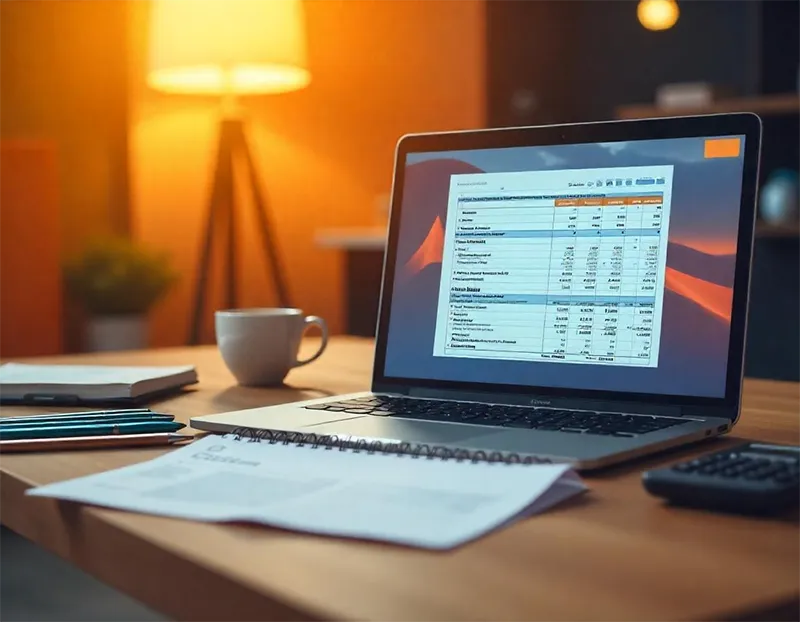
Organizing a detailed trade show budget
Team Roles
A well-trained and organized team is the backbone of your trade show success. Assigning clear roles ensures everyone knows their responsibilities, allowing your booth to run smoothly and professionally.
Key Team Roles:
- Booth Manager: This person oversees the entire operation, including setup, daily activities, and overall coordination. They’re the go-to person for troubleshooting and decision-making.
- Engagement Specialists: These team members interact with attendees, provide demonstrations, and answer questions. They should be friendly, knowledgeable, and skilled in effective communication.
- Logistics Coordinator: Responsible for managing schedules, shipments, and inventory. They ensure materials arrive on time and are accounted for, minimizing logistical hiccups.
- Support Staff: They assist with setup, teardown, and other on-site needs. They help ensure the booth stays clean, organized, and welcoming.
Training Tip: Conduct a team briefing before the event to align on goals, messaging, and FAQs. Practice role-playing scenarios to prepare for attendee interactions.
Onsite Logistics
Smooth onsite logistics management can make a world of difference in how your booth operates. A few proactive steps can save time and minimize stress during the event.
Tips for Efficient Onsite Logistics:
- Create a Detailed Checklist: Include all necessary materials, from booth components to technology, promotional items, and emergency supplies. Review the checklist before departure to ensure nothing is left behind.
- Arrive Early: Arriving a day or two before the event allows you to set up your booth calmly and address any potential issues. Use this time to familiarize yourself with the venue layout and amenities.
- Have Backup Plans: Technology failures or shipping delays can happen. Bring spare devices, adapters, and basic tools to handle unexpected problems. For example, extra QR codes or printed materials can substitute for a malfunctioning tablet.
- Stay Organized: Keep the booth tidy and welcoming throughout the event. Ensure your team rotates breaks so someone is always available to engage visitors.
Best Practice: Leverage local partners for last-minute needs, like printing or repairs. In the UAE, Media Print UAE offers services like banner reprinting or on-the-spot promotional material production.
Promotional Strategies to Drive Foot Traffic
Before the Event
Driving traffic to your booth starts long before the event itself. Pre-event promotional efforts create awareness and build anticipation, ensuring your booth is a must-visit destination.
Strategies to Implement Before the Event:
- Announce Your Participation: Share your presence on social media platforms like LinkedIn, Instagram, and Twitter. Create engaging posts with teasers about your booth activities or product launches.
- Email Campaigns: Send personalized invitations to clients, prospects, and industry contacts. Include your booth number, event details, and any exclusive offers for attendees.
- Custom Promotional Materials: Distribute flyers, brochures, and posters before the event to local businesses or industry hubs. Highlight your unique offerings and encourage visits to your booth.
- Offer Incentives: Provide exclusive benefits, such as early sign-ups for product demos, discounts, or free trials, to attendees who pre-register for a visit.
Pro Tip: Use eye-catching designs for your flyers and posters. Services like Media Print UAE can create vibrant, high-quality materials tailored for trade shows.
During the Event
On the day of the event, your booth’s visibility and engagement strategies are vital for attracting visitors and leaving a strong impression.
Effective Strategies During the Event:
- Host Live Demonstrations or Workshops: Showcase your products or services in action. Attendees are more likely to remember an interactive experience than a static display.
- Utilize Eye-Catching Displays: Roll-up banners, posters, and custom-designed booths help draw attention. Use bold colors, clear messaging, and professional layouts to stand out.
- Offer Branded Giveaways: Items like pens, notebooks, or tote bags with your logo serve as functional reminders of your brand. Ensure giveaways are high-quality and relevant to your audience.
- Engage Actively with Attendees: Train your team to greet visitors warmly, ask open-ended questions, and actively listen to their needs. Building personal connections increases the likelihood of post-event follow-ups.
- Use Social Media Live Updates: Share photos, videos, and updates from your booth. Tag the event and use hashtags to expand your reach and encourage more foot traffic.
Quick Tip: Track booth activity by using QR codes for surveys, sign-ups, or product catalogs. This also streamlines the lead collection process.
By following these strategies and paying close attention to budget planning, team preparation, and promotional efforts, you’ll create a trade show presence that is both professional and memorable. These elements combined can help ensure your participation is impactful, generating leads and lasting connections for your business.
Incorporating Digital Elements for Maximum Impact
Trade Show Apps
Trade show apps have revolutionized event management and attendee engagement. Using these apps can enhance your efficiency and elevate the attendee experience.
- Lead Tracking and Data Collection: Use trade show apps to scan attendee badges, collect contact details, and categorize leads based on their level of interest. Apps like Cvent, EventMobi, or Hubilo are great options for managing leads effectively.
- Scheduling Meetings: Many trade show apps allow you to schedule meetings with attendees or exhibitors, ensuring you maximize your networking opportunities.
- Digital Brochures and QR Codes: Provide attendees with instant access to your catalogs, product details, or presentations by sharing QR codes at your booth. This reduces the need for printed materials and ensures your content is easily accessible.
Tip: Make sure your QR codes are large, visible, and placed in high-traffic areas of your booth for maximum scans.
Social Media Integration
Social media is a powerful tool for creating buzz and engaging with a broader audience during trade shows. Integrate it into your strategy for maximum reach and impact.
- Live Updates and Stories: Share real-time updates, behind-the-scenes moments, and product showcases on platforms like Instagram, Facebook, and LinkedIn. Live videos of demos or interviews can help engage audiences both at the event and online.
- Event-Specific Hashtags: Use the event’s official hashtags to make your posts more discoverable. Create branded hashtags to encourage attendees to share their experience at your booth.
- Boost Posts and Ads: Invest in paid promotions to target event attendees and drive traffic to your booth. This works especially well if the event has a dedicated social media presence.
Pro Tip: Share interactive content like polls, quizzes, or giveaways to increase audience participation.
Technology-Driven Engagement
Incorporating technology into your booth can captivate visitors and provide a memorable experience.
- Interactive Displays: Use touchscreens, augmented reality (AR), or virtual reality (VR) setups to offer hands-on experiences. For example, AR can allow attendees to explore virtual product demonstrations or immersive environments.
- Kiosks for Sign-Ups: Set up digital kiosks where attendees can instantly sign up for newsletters, download product catalogs, or complete surveys. Incentivize participation by offering exclusive perks like free samples or discount codes.
- Gamification: Introduce interactive games, such as trivia or spin-the-wheel, to entertain visitors while subtly sharing your brand message.
Key Takeaway: Technology not only enhances visitor engagement but also collects valuable data for follow-ups.
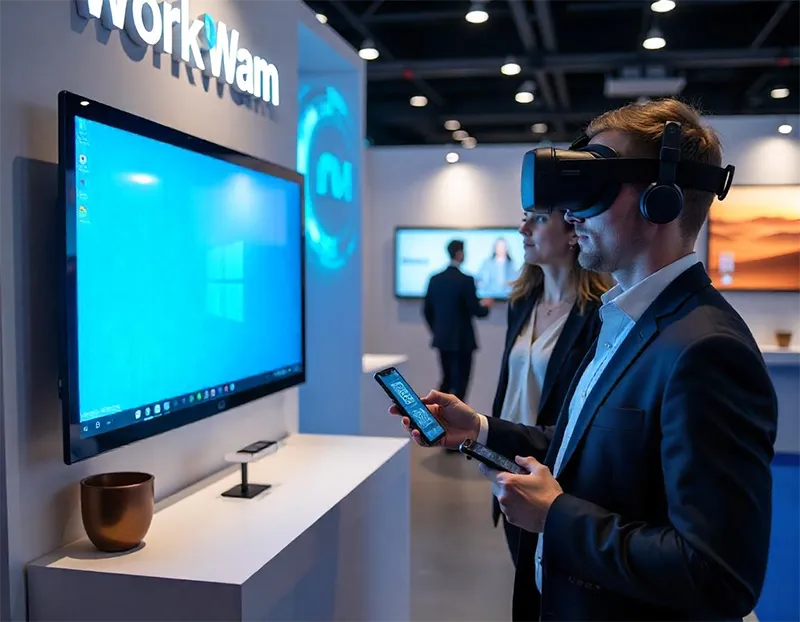
Using technology to enhance booth engagement
Post-Show Follow-Up Methods to Nurture Leads and Measure ROI
Lead Follow-Up
Following up with leads promptly is critical to maintaining the momentum generated at the trade show. Here’s how to do it effectively:
- Personalized Emails: Send tailored follow-ups based on the attendee’s interests and interactions at your booth. Mention specific products or topics discussed during their visit.
- Set Up Calls: Arrange follow-up meetings or calls with high-potential leads. Use this time to discuss how your product or service meets their needs.
- CRM Tools: Leverage CRM software like Salesforce or HubSpot to organize leads, track interactions, and create workflows for consistent engagement.
Best Practice: Categorize leads into segments (e.g., hot, warm, and cold) to prioritize follow-up efforts.
ROI Measurement
Measuring your return on investment is essential for determining the success of your trade show participation. Focus on these key metrics:
- Number of Leads: Track the total leads generated and calculate the cost per lead.
- Conversion Rates: Measure how many leads converted into actual customers or sales.
- Revenue Generated: Compare the revenue from sales tied to the event against your overall investment.
- Brand Awareness: Assess increases in social media engagement, website traffic, or inquiries.
Pro Tip: Use event analytics tools provided by the organizer or your trade show app to gather comprehensive data.
Continuous Improvement
Post-event reflection helps refine your strategy for future trade shows. Conduct a detailed debrief session with your team to evaluate successes and areas for improvement.
- Team Feedback: Gather insights from your team members on what worked and what didn’t. This could include booth setup, attendee engagement, or lead tracking processes.
- Document Lessons Learned: Create a checklist or guide based on your experience to streamline planning for the next event.
- Update Strategies: Adjust your goals, tactics, and budget based on the event’s outcomes to optimize performance in future trade shows.
Key Insight: Continuous improvement is the key to staying competitive and making each trade show more successful than the last.
Conclusion
Trade shows offer an unparalleled opportunity to connect with your audience, showcase your brand, and drive business growth. By incorporating digital tools, social media strategies, and advanced technology, you can create a lasting impact. Follow-up efforts and ROI measurement ensure that the benefits of your trade show participation extend long after the event ends.
Start early, stay organized, and balance traditional and digital approaches to ensure a standout presence.
Looking for trade show materials and support? Media Print UAE offers custom brochures, roll-up banners, exhibition booth setup, and digital marketing packages to ensure your trade show participation is seamless and impactful!
FAQs
What is the best way to plan a trade show?
The best way to plan a trade show is by following a detailed timeline. Start at least 12 months in advance by researching relevant trade shows and booking your booth space. Develop a budget, design your booth, and assign team roles. Implement pre-event marketing campaigns and finalize logistics six months before the event. Finally, ensure your team is trained and materials are prepared a month before the show for smooth execution.
How can trade show apps help improve ROI?
Trade show apps streamline event management by helping you track leads, schedule meetings, and collect attendee data in real-time. They reduce the need for paper-based processes by offering features like QR code scanning and digital brochures. By enabling better lead tracking and engagement, these apps can significantly improve your trade show ROI.
How do I drive foot traffic to my trade show booth?
Driving foot traffic starts with pre-event marketing. Announce your participation on social media, use email campaigns, and distribute promotional materials. During the event, use interactive displays, live demonstrations, and branded giveaways to attract attendees. Eye-catching banners and engaging activities can also make your booth stand out.
What are the best follow-up practices after a trade show?
The best follow-up practices include contacting leads within 48-72 hours of the event. Personalize your follow-ups based on attendee interactions and use CRM tools to track their progress. Send thank-you emails, share additional resources, and set up calls with high-potential leads to nurture relationships effectively.
How do I measure trade show ROI effectively?
To measure trade show ROI, track key metrics like the number of leads generated, conversion rates, and total revenue. Compare these metrics against your initial goals and assess whether the trade show helped increase brand awareness or sales. Using trade show analytics tools can provide a detailed breakdown of your performance.

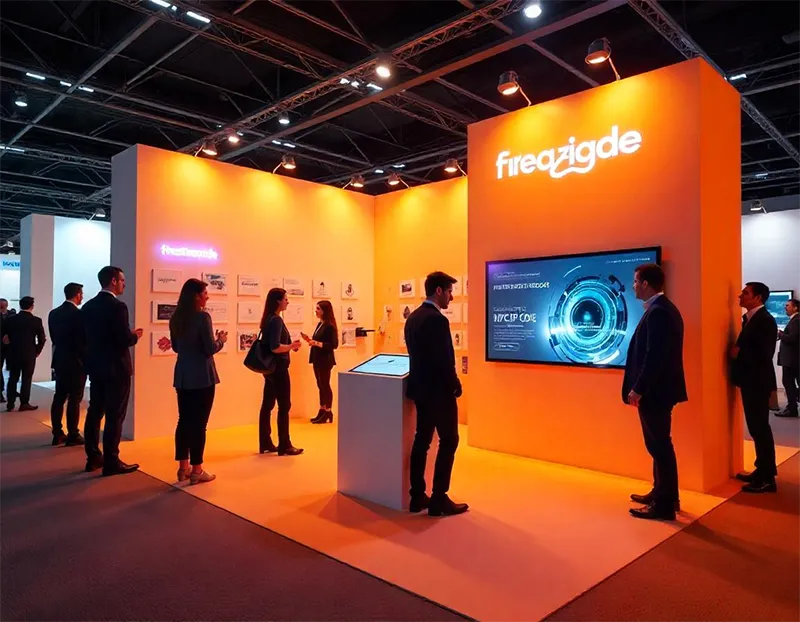
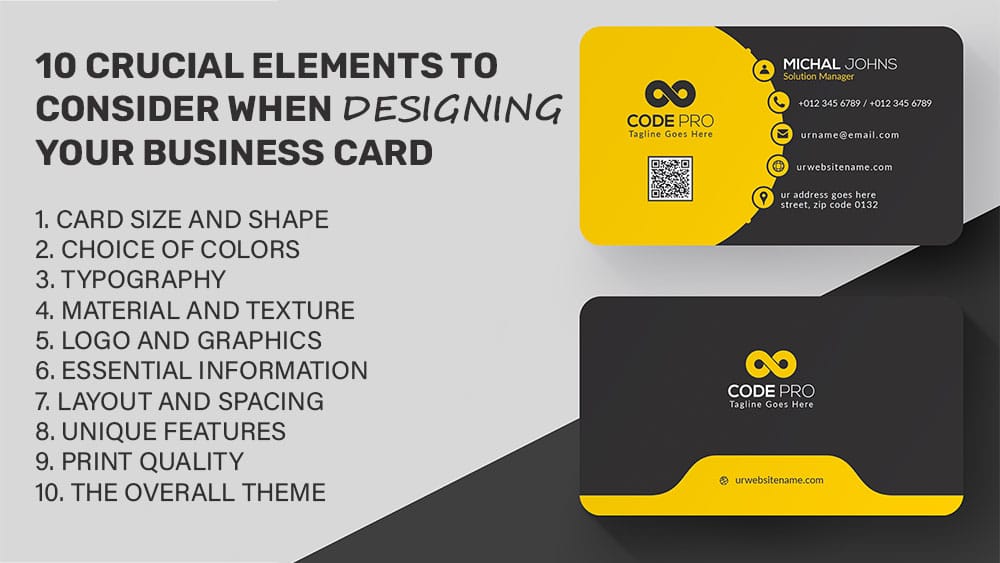
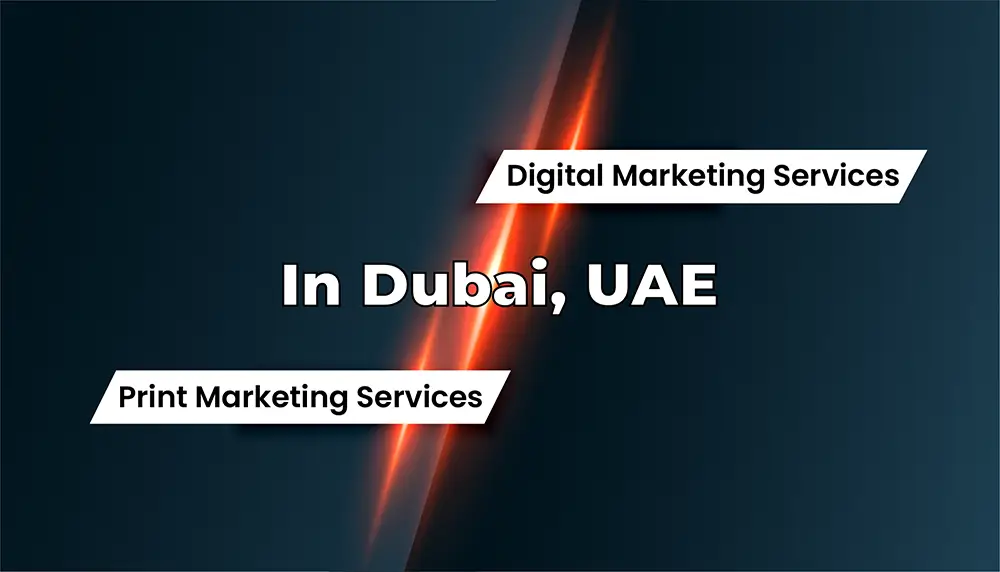
![Top 10 Must-Attend Business Events in Dubai [Updated 2025] 5 Top 10 Must-Attend Business Events in Dubai](https://mediaprintuae.com/wp-content/uploads/2024/11/Top-10-Must-Attend-Business-Events-in-Dubai.webp)

One Comment
Thank you for reading this article! If you think there are any mistakes or have additional insights to share, feel free to leave a comment below. Your suggestions and questions are always appreciated. Got a new idea? Let us know—it could inspire our next guide!